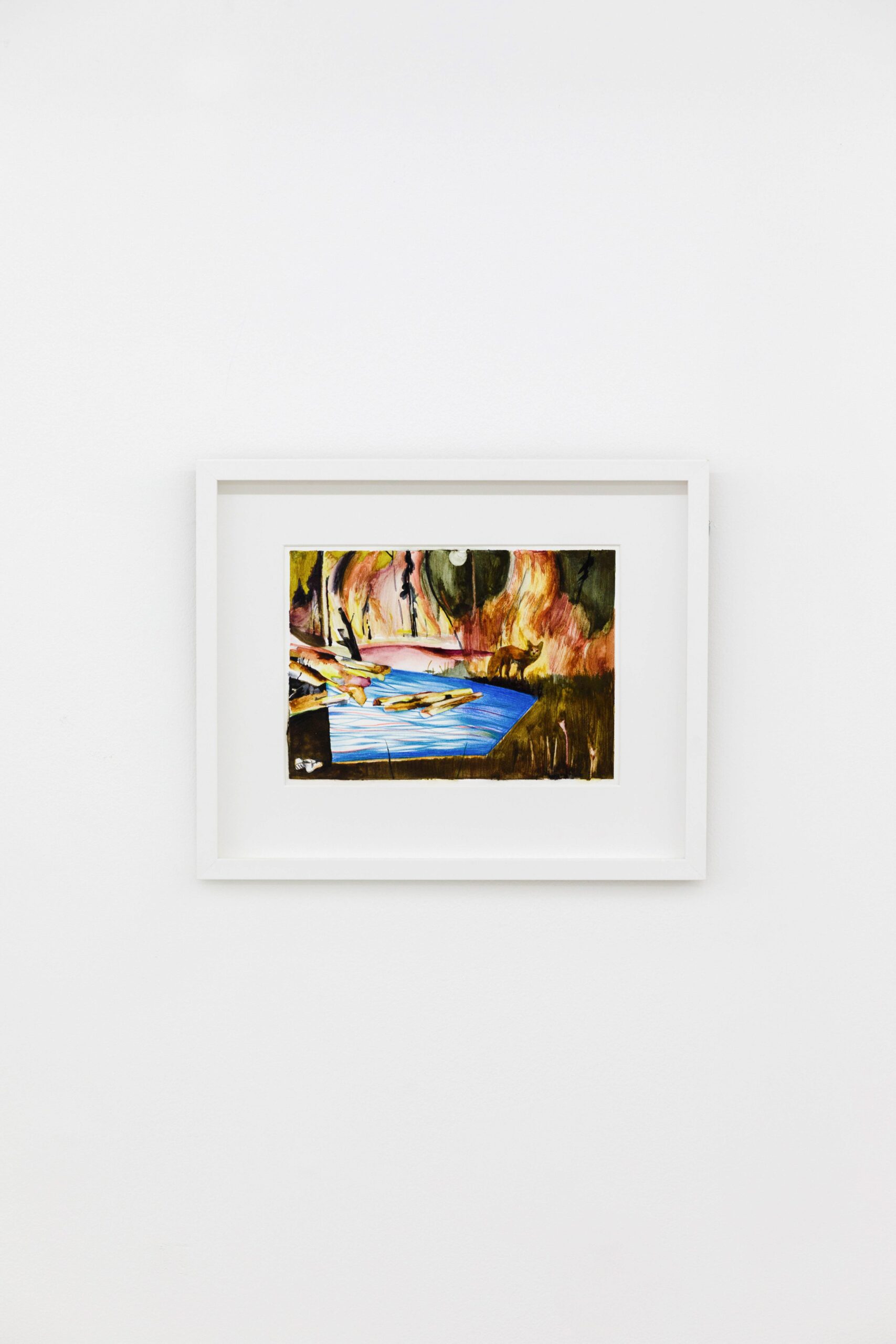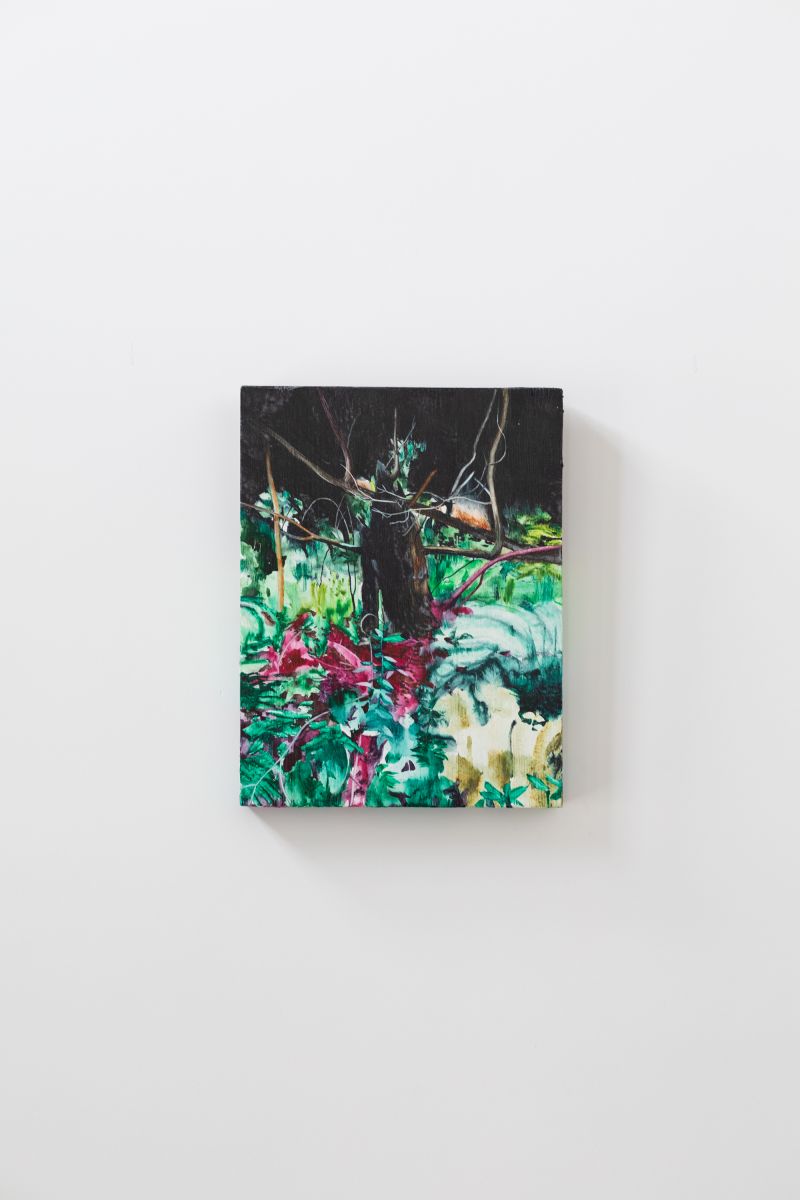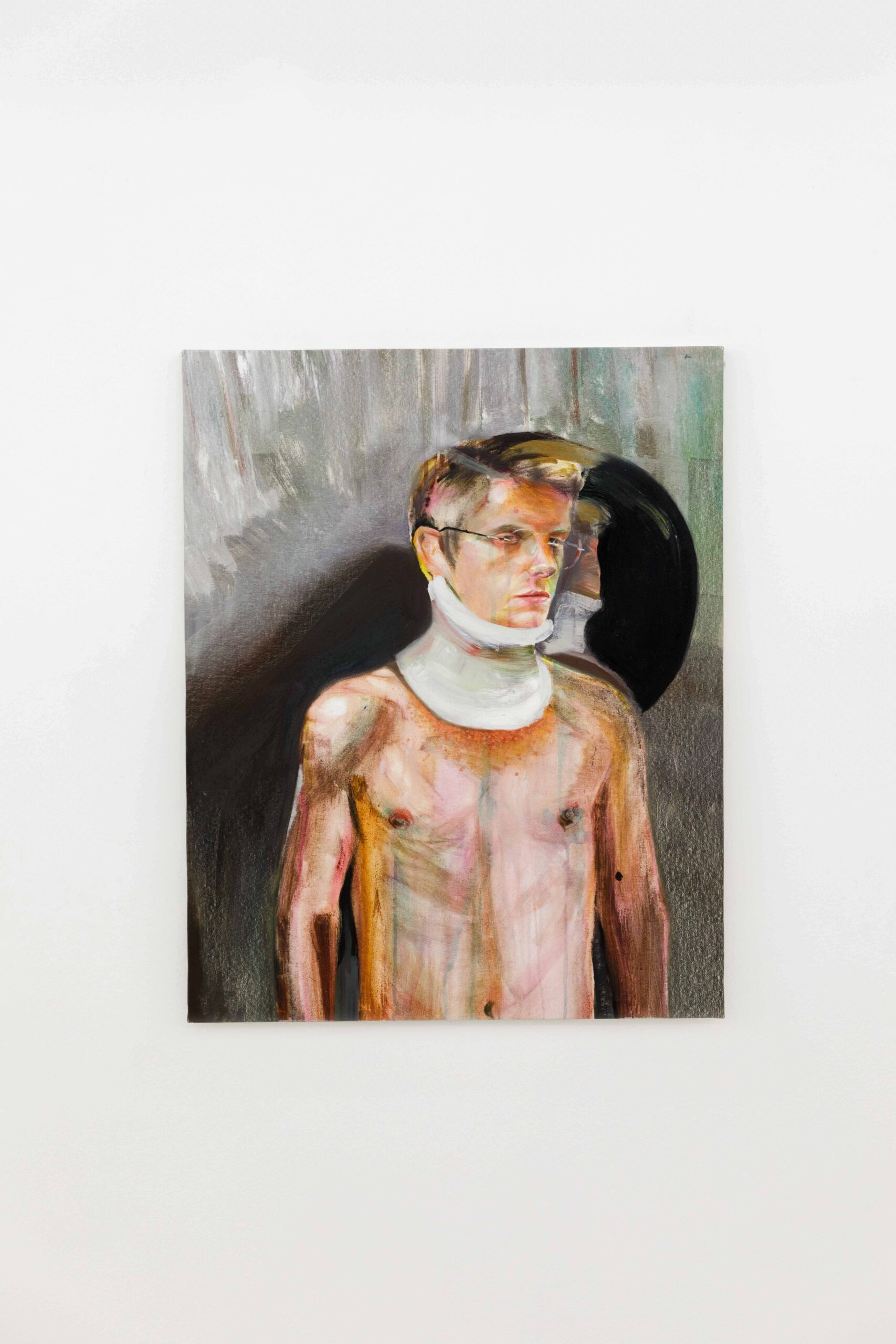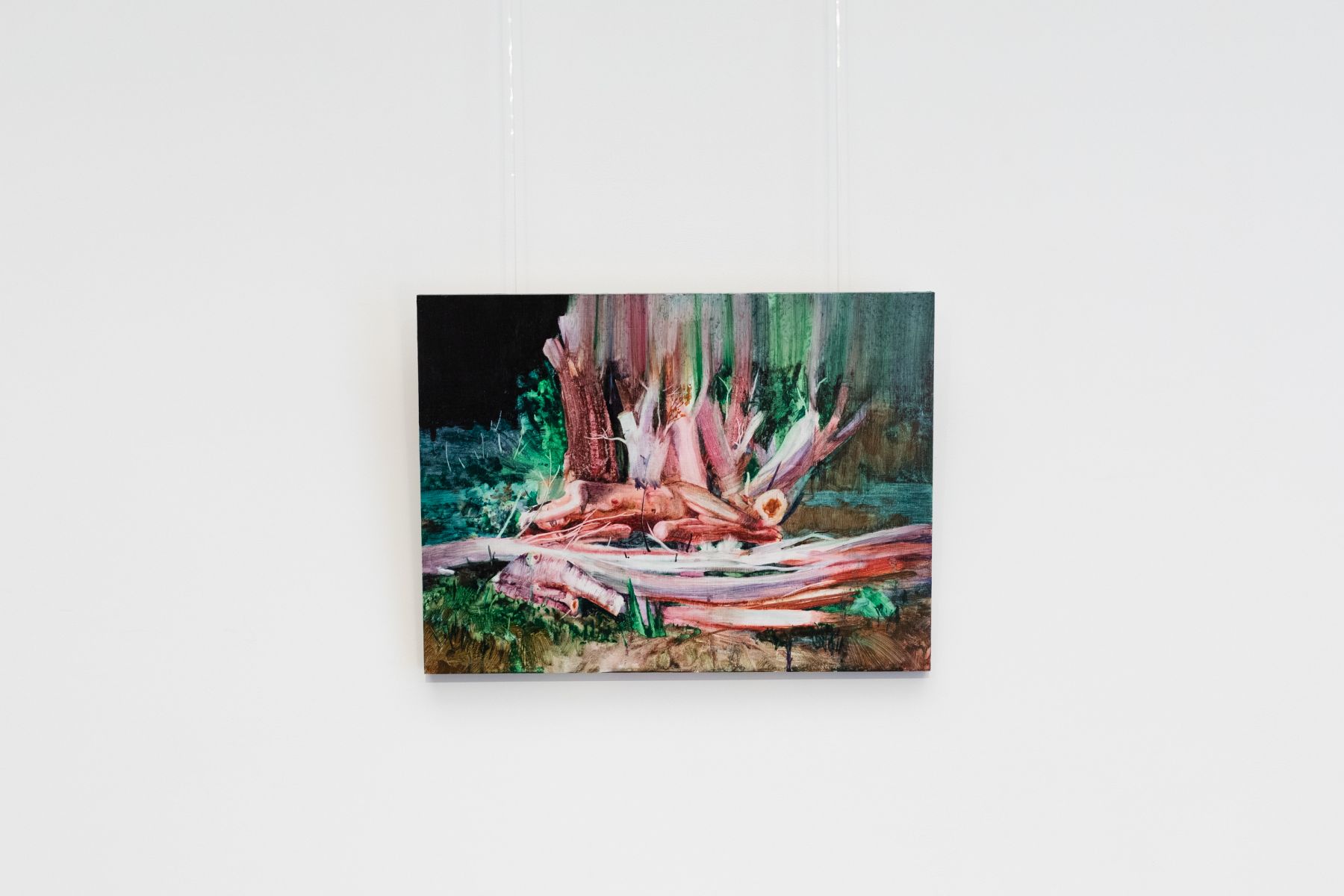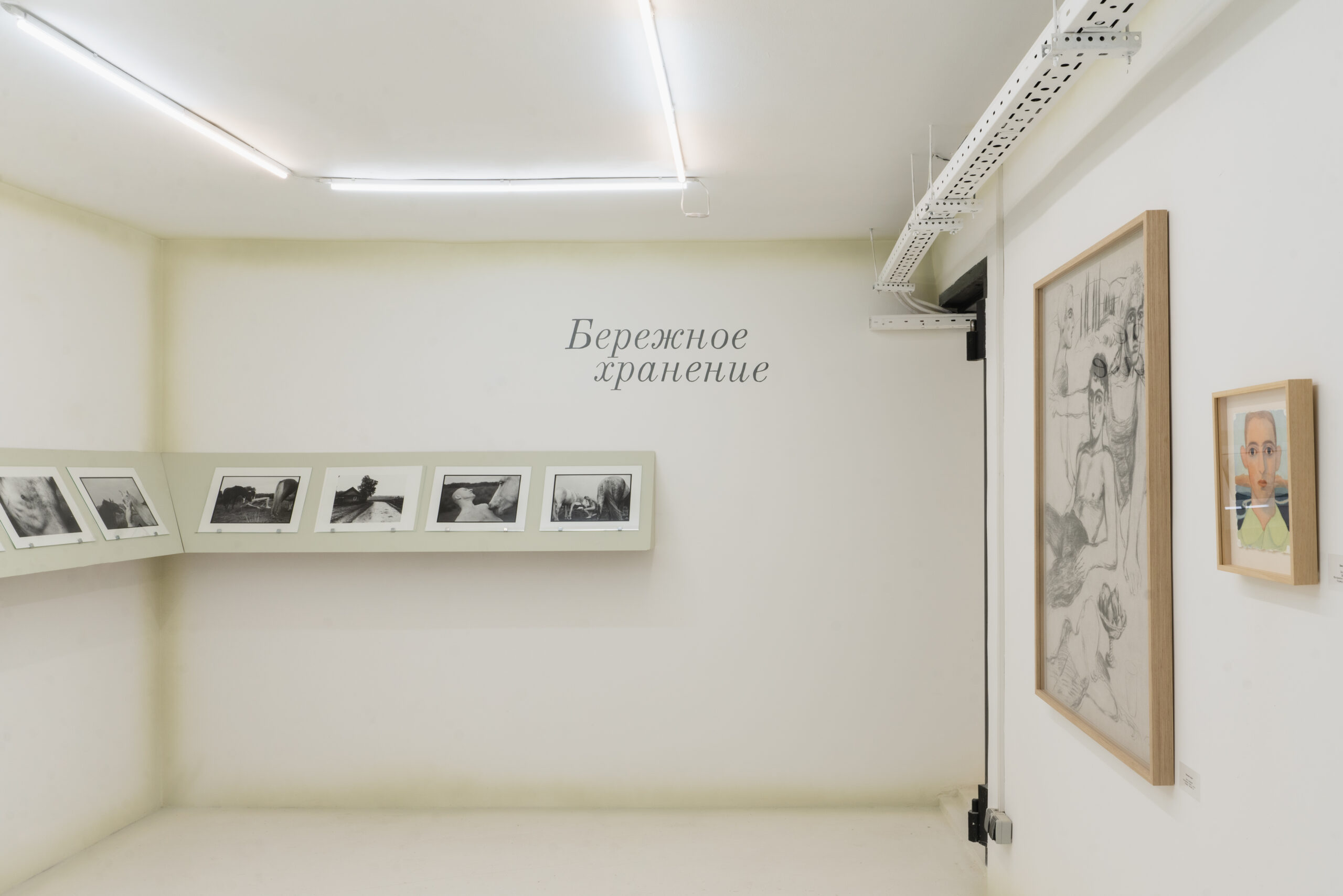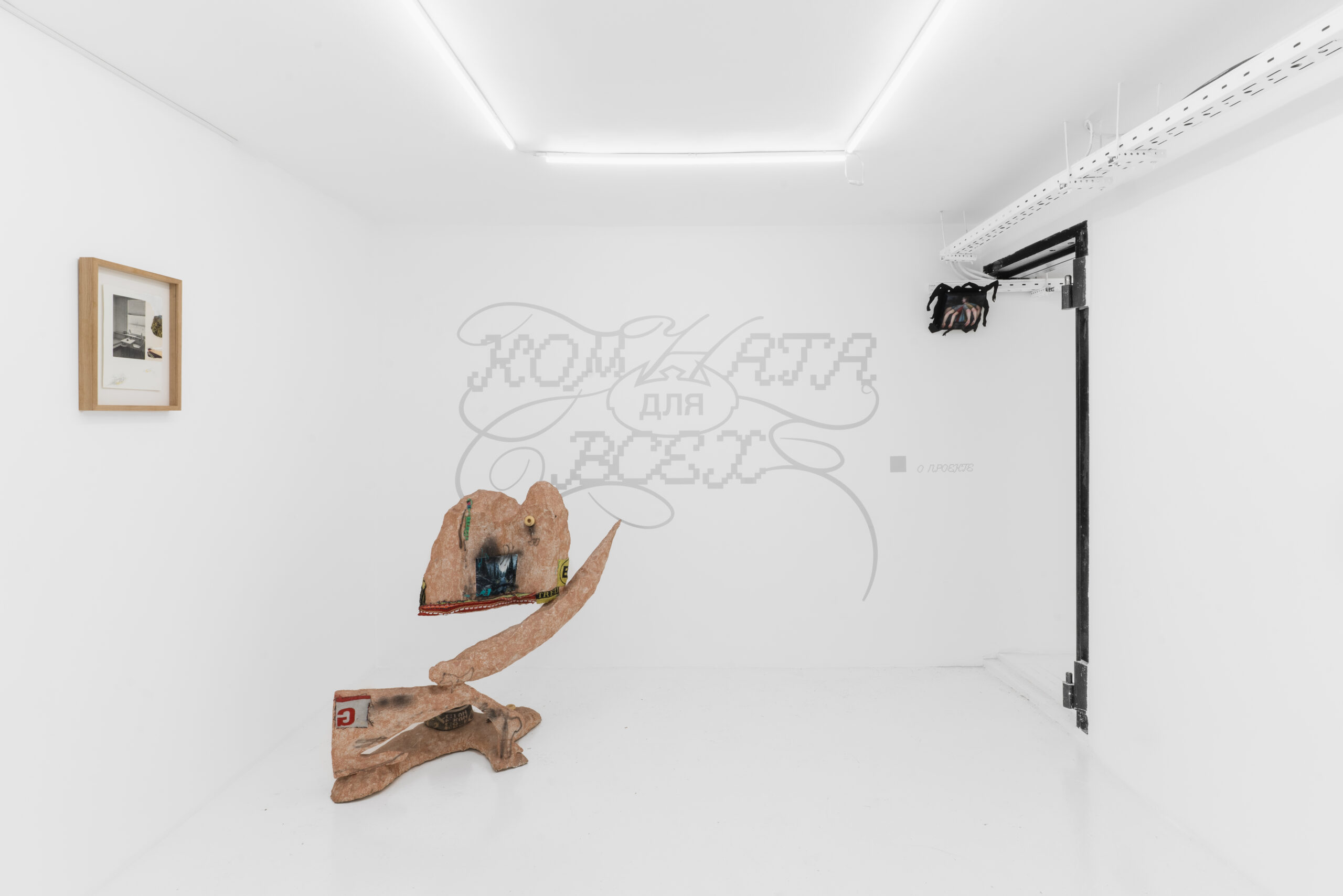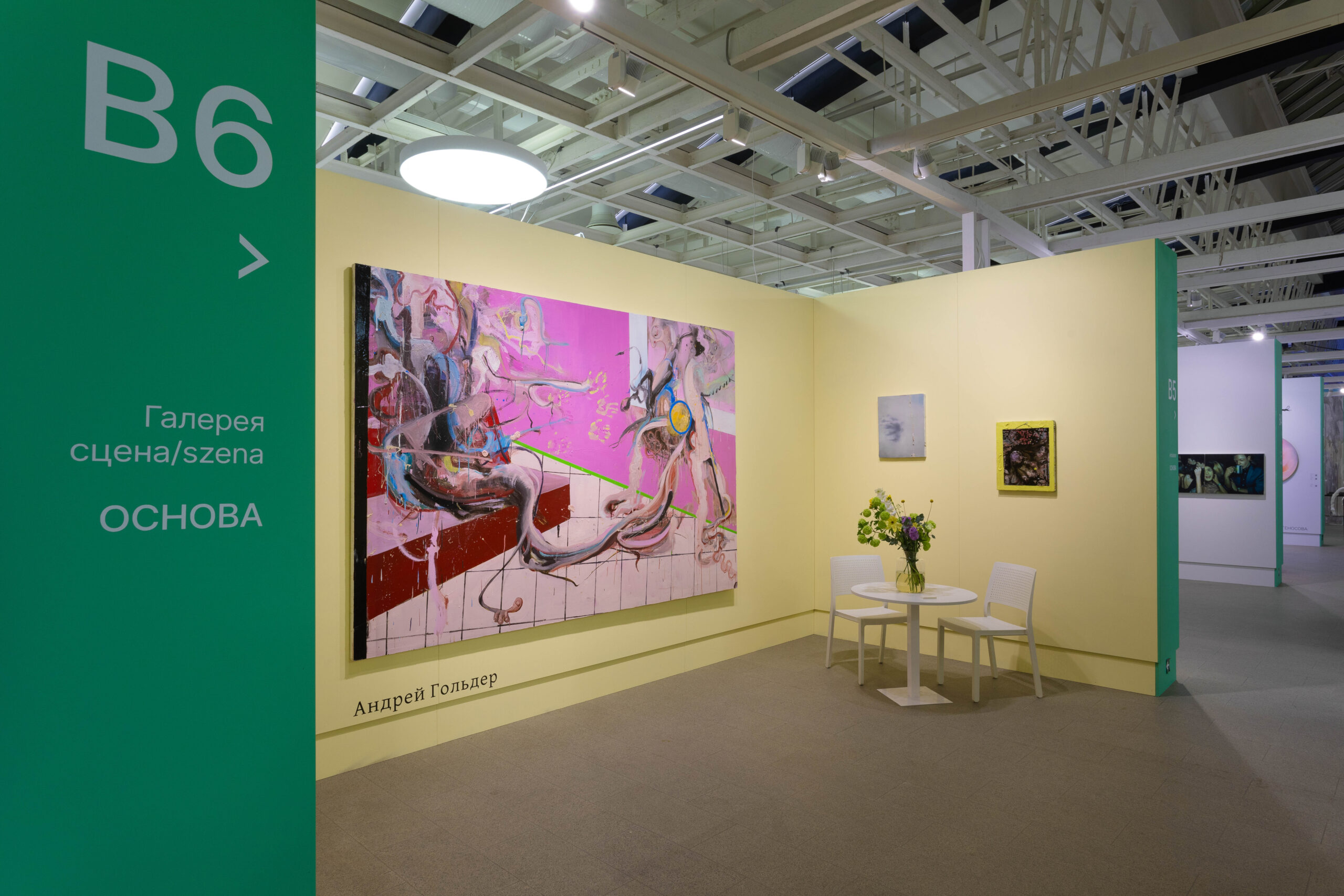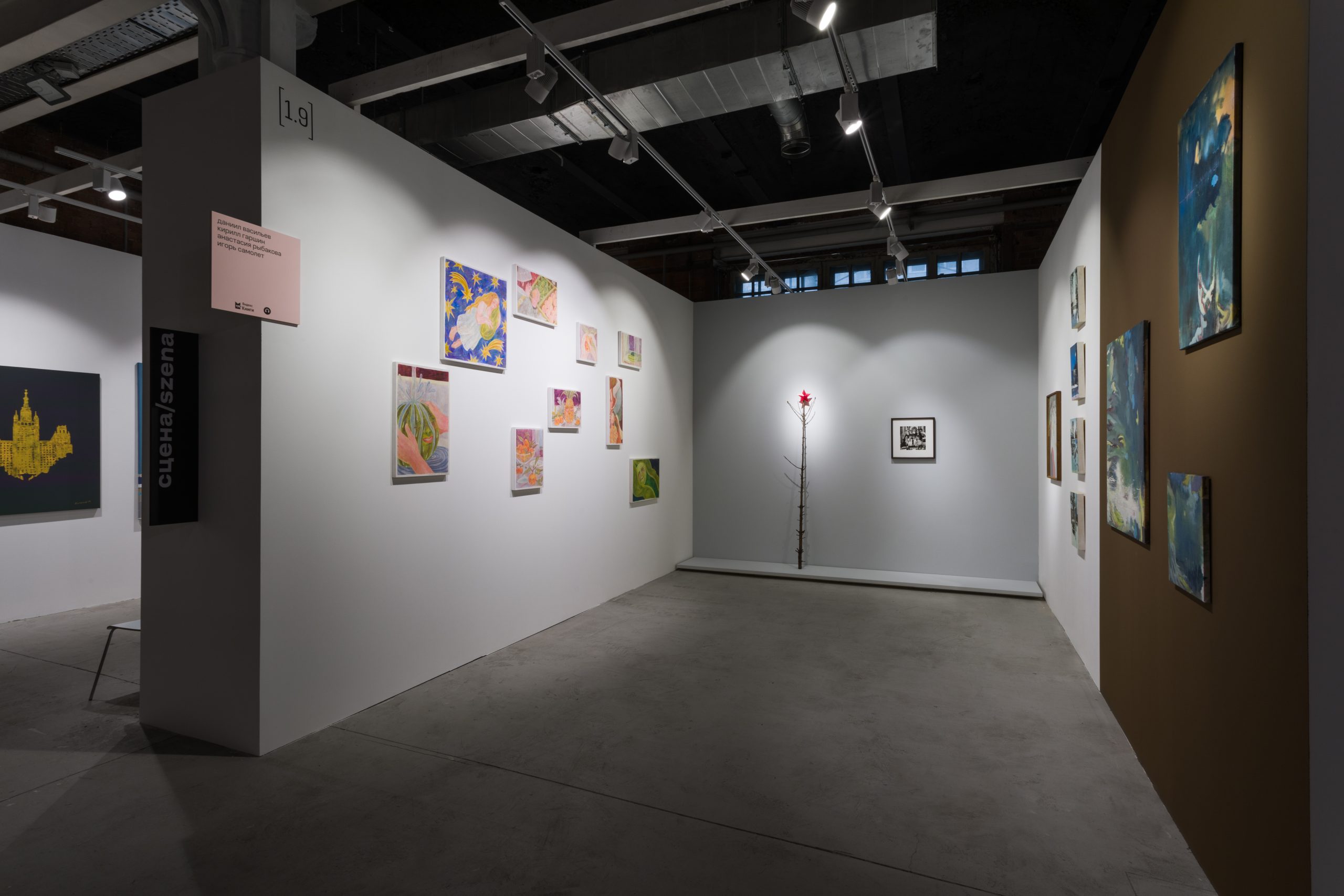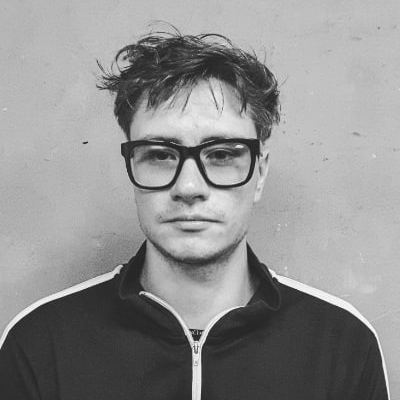
Kirill Garshin
Kirill Garshin is a Russian artist, graduated from Voronezh Art School (2005), in 2007-2009 he was working on printed graphics. Participant of Leipzig International Art Programme (2013), group exhibitions in Russia and abroad, including “Revisiting the Space Voronezh”, Voronezh Centre for Contemporary Art, Voronezh, 2013, “Space LAB”, LIA, Leipzig, 2013, “MitOst Festival”, Leipzig, 2013, 4th Moscow International Biennale of Young Art, 2014, Moscow, “Transmission”, Triumph Gallery, Moscow, 2015, “In the Glorious City of Voronezh”, WINZAVOD Centre for Contemporary Art, Moscow, 2016, Triennale of Russian Contemporary Art, Garage Museum, Moscow, 2017. Garshin’s solo exhibitions have been held in Moscow, St Petersburg and Voronezh, the artist’s hometown. The works are in private collections in Russia and Europe.
Garshin is meticulously devoted to painting, a subject he has worked with for many years. In recent few years, his anthropocentric series have become a reflection on the renaissance of figurative painting, often using photographs as the basis for the plots (“Polaroid 3000” (2015), “Celebrated Days” (2014-2015), “Nocturnal Animals” (2019-2020)). Kirill depersonalized the image of human beings in space and time, embedding anonymised figures in urban and natural landscapes, juxtaposing reality and magical realism through his own system of imagery. In his practice, Garshin turns to metaphysical realism, transcending the boundaries of the given, the actual, and depicts not only the visible external image, but also the internal, placing human and animal figures in the shimmering atmosphere of the metaphorical space between fiction and reality.
At the beginning of 2021, the world familiar to the author, where the human being occupied the central place, began to change: Garshin started to question the problematics of painting as a traditional medium and the possibilities of developing his artistic language in conditions where the usual reference and schemes had lost their meaning and power. Thus came the Manifesto (Organic Painting or the Creation of a New Painting from the juices of plants and ecologically recyclable materials), characterising traditional oil painting as outdated and inconsistent with the etymological meaning of the word “painting” as depicting vividly, i.e. life-like. In the Manifesto, Garshin calls for the recycling and transformation of the old paintings, the rejection of factory-made paints in favour of organic pigments of plant origin, and a dialogue with non-human agents, in this case plants, and the embedding them in the creative process to establish a new symbiotic system linking art and the plant kingdom through the works. These explorations led to experiments with colourful pigments: in late 2022 and early 2023, at the ZARYA residence (Vladivostok), Garshin collaborated with scientists from the Institute of Marine Biology to learn about the life cycles of algae and other marine plants and the possibilities of using them in painting. Continuing to work in the technique of painting, he gradually introduced elements of science-art into his method, creating canvases not only using organic pigments from plants (such as indigofera dye), but also replacing the traditional woven canvas of linen or cotton with nettle fabric, thus making the life cycle of his works unpredictable.
Research into the possibilities of organic materials in painting not only changed Kirill’s method of authorship, but also shifted the optics of his artistic expression from human-centred subjects to stories with animals or plants at the centre of the work. In the series Bestiary (2022), the rat, woodworm, algae, tit and moth become the heroes of his works, while the human being recedes into the background, remaining a narrator, observer and researcher at the same time. In New Pictures, Kirill Garshin continues to develop narrative plots, yet beyond the anthropocene. This can be seen both as a disillusionment with the human being, whose cycle of life is one of overproduction, pollution and destruction, and as an ascension towards a new level, where the human artist embodies in his work the study of new narratives, where the Animal Realm is likened to the human one, and where the painting finds a cycle of existence in the tableau, which embodies the symbiotic unity of the natural and the handmade.
